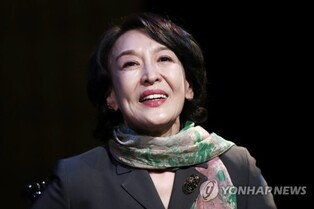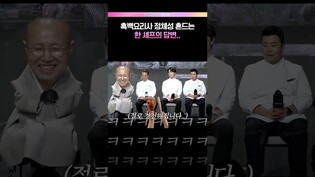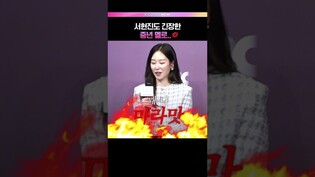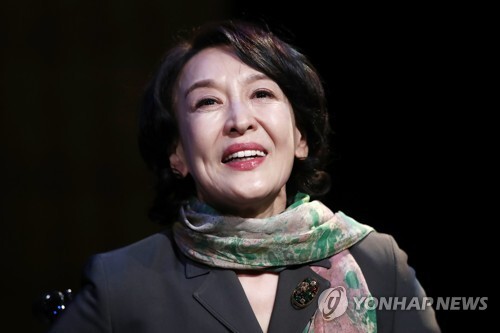dailies-editorials (2)
(EDITORIAL from Korea Times on Oct. 31)
Turning point
Gov't, doctors must tackle 8-month medical crisis calmly
The government has opened the door to potential talks with doctors and political parties, allowing medical schools to grant academic leave requested by medical students. Since February, most medical students have been protesting the government's plan to expand the medical school enrollment quota by 2,000 students annually over the next five years. Their protest, in the form of a class boycott, has become a key issue amid the current medical crisis, compounded by an ongoing walkout by junior doctors.
The government's earlier stance — threatening penalties and possible expulsion for medical students if they failed to pledge to return by March 2025 — would have prioritized administrative expediency over a meaningful resolution to the medical crisis. Recognizing this, several groups within the medical community urged the government to allow students to take a leave of absence as a precondition for beginning discussions. This pressure was intensified by support from the nation's religious groups and presidents of 40 universities, which added further momentum to calls for the government to reconsider.
We hope this marks a turning point toward resolving the nearly nine-month medical crisis. While there is general agreement on the need for more doctors, the government and the medical community have been at an impasse since February over how many additional doctors are required and how best to reach that target. This divide has led to widespread walkouts by junior doctors and class boycotts by medical students, leaving emergency rooms short-staffed by roughly 40 percent. For families of seriously ill patients, this situation is dire. They face the grim possibility of having to search for an available emergency room. Tragically, stories of patients who have died while waiting for emergency care have become all too common.
The government's recent concessions have created a narrow window for launching four-way consultative talks involving the government, doctors, and both ruling and opposition parties. With the government lifting its preconditions, the Korean Academy of Medical Sciences and the Korea Association of Medical Colleges could take on a guiding role to encourage doctors' participation. However, the medical community remains divided, chiefly between the Korean Medical Association (KMA) and the Korean Intern Resident Association (KIRA), both of which continue to demand the nullification of the government's medical school enrollment expansion plan.
Leadership conflicts persist, with tensions recently flaring over alleged misconduct involving KMA head Lim Hyun-taek. Lim, head of Korea's largest doctors' association, is accused of demanding a settlement to drop a defamation lawsuit. The doctor who criticized him online sent a written apology, but Lim allegedly requested 100 million won in cash or installments. Amid this discord, junior doctors, who carry a significant workload at major hospitals, have been especially vocal. Their walkout has led to a roughly 40 percent reduction in emergency room staffing.
As four-way talks commence, both the government and the medical community should focus on resetting the enrollment quota for the 2026 academic year. The doctors' groups, particularly those representing junior doctors, should reconsider their demand to nullify the government's enrollment expansion beginning in 2025 and adopt a more practical stance. With rolling admissions — covering 67 percent of the medical school enrollment quota — already accepted as of Sept. 13 and fewer than 20 days remaining until the College Scholastic Aptitude Test, any reversal of the 2025 enrollment quota would lead to significant disruption.
Calm and reason must prevail for the talks to commence effectively and work toward resetting the enrollment quota for the 2026 academic year.
(END)
(C) Yonhap News Agency. All Rights Reserved

































